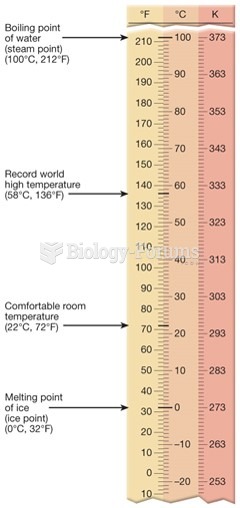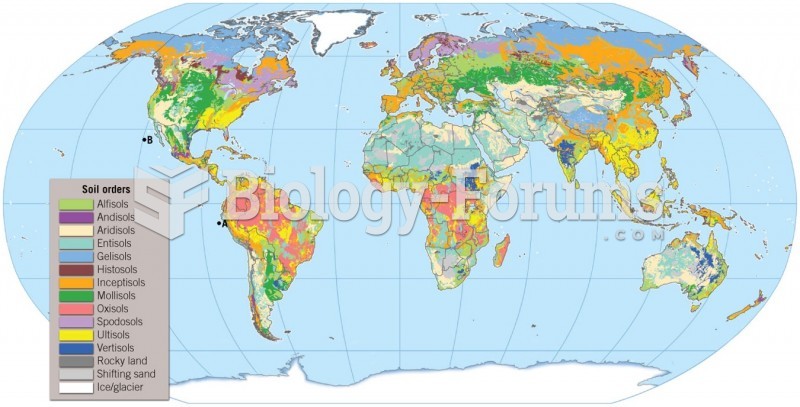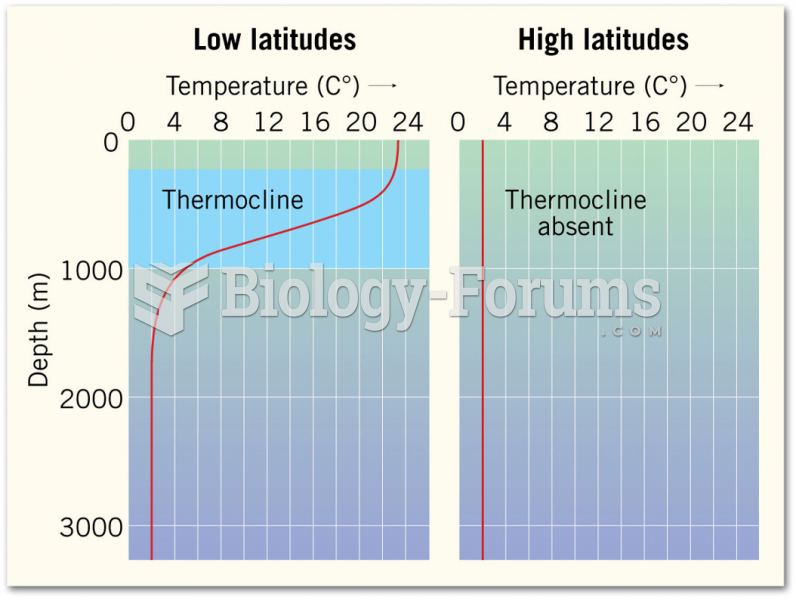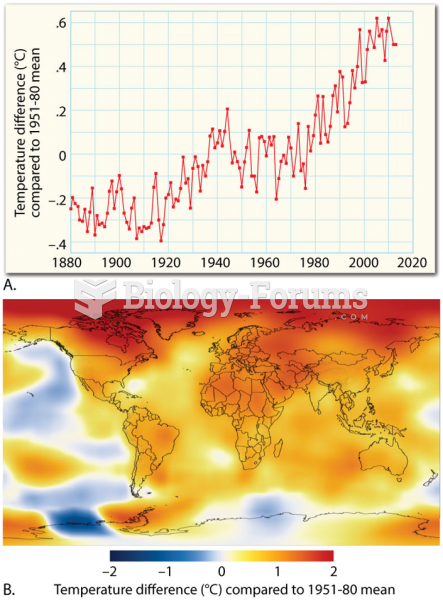Answer to Question 1
Answer: Aerosols directly affect the transmission and absorption of both solar and infrared radiation. By absorbing incoming sunlight they can cause a heating of the atmosphere around the aerosols, but they can also increase the amount of backscattering and thereby reduce the amount of radiation reaching the surface. The relative effects of aerosol absorption vs. backscatter are hard to assess and depend on numerous factors, including the albedo of the aerosols and the underlying surface. To a lesser extent, aerosols can increase the absorption of outgoing longwave radiation that would otherwise escape to space and thereby increase the longwave radiation radiated from the atmosphere to the surface. In this way, aerosols can have the direct effect of increasing nighttime temperatures.
Aerosols can also affect climate indirectly, through their ability to serve as cloud condensation nuclei. A cloud with a greater number of condensation nuclei might contain as much liquid water as one with few nuclei, but it will have more droplets of mostly smaller sizes. Clouds containing a large number of small droplets are less likely to yield precipitation and, therefore, are likely to persist for longer periods. In addition, the total droplet surface area of such clouds is greater, and this greater surface area increases the reflectivity of the cloud (assuming the same amount of liquid water). Thus, tropospheric aerosols might give rise to more extensive, longer-lived, brighter clouds. Aerosols can also reduce cloud amount through their warming effect in the troposphere.
Answer to Question 2
Answer: Thermohaline circulation







